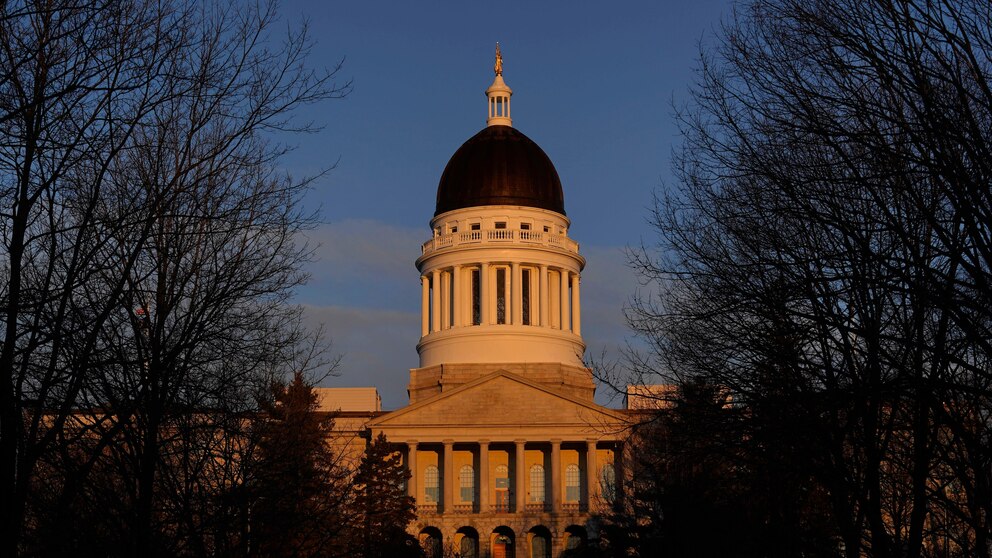Questions Arise Regarding the Inclusion of Holocaust and Genocide Education in Science Curriculum
In recent years, there has been a growing debate about the inclusion of Holocaust and genocide education in science curriculum. While some argue that these topics should be taught solely in history or social studies classes, others believe that incorporating them into science education can provide a unique perspective and enhance students’ understanding of the atrocities committed during these dark periods of human history.
The Holocaust, one of the most horrific events in modern history, saw the systematic persecution and extermination of six million Jews by the Nazis during World War II. Similarly, genocides such as those in Rwanda, Cambodia, and Bosnia have left lasting scars on humanity. These events are often studied in history classes to ensure that future generations understand the consequences of hatred, discrimination, and unchecked power.
However, proponents of including Holocaust and genocide education in science curriculum argue that these topics can be effectively integrated into science lessons. They believe that by examining the scientific aspects of these atrocities, students can gain a deeper understanding of the mechanisms behind such acts of violence and the role science played in enabling or preventing them.
For example, studying the Holocaust from a scientific perspective can involve exploring the pseudoscientific theories used by the Nazis to justify their actions. Students can learn about eugenics, a flawed scientific concept that was manipulated to promote racial purity and justify the extermination of “undesirable” populations. By understanding how science can be misused to propagate hate and discrimination, students can develop critical thinking skills and become more discerning consumers of scientific information.
Furthermore, incorporating Holocaust and genocide education into science curriculum can also shed light on the ethical implications of scientific advancements. For instance, students can examine the role of medical experiments conducted on prisoners during the Holocaust. By discussing the ethical boundaries that were crossed during these experiments, students can develop a sense of responsibility and empathy towards the ethical dilemmas faced by scientists today.
Critics of this approach argue that science curriculum should focus solely on scientific concepts and theories, and that teaching about the Holocaust and genocide in science classes may dilute the subject matter. They argue that these topics are better suited for history or social studies classes, where students can delve deeper into the historical, political, and social contexts surrounding these events.
However, proponents counter that science education should not be limited to the mere dissemination of facts and theories. They argue that incorporating real-world examples and historical events into science curriculum can make the subject more engaging and relevant for students. By connecting science to real-life experiences, students can develop a more holistic understanding of the world and its complexities.
In conclusion, the inclusion of Holocaust and genocide education in science curriculum is a topic that sparks debate among educators and scholars. While some argue that these topics should be taught exclusively in history or social studies classes, others believe that integrating them into science education can provide a unique perspective and enhance students’ understanding of the atrocities committed during these dark periods of human history. Ultimately, the decision on how to approach this issue lies in the hands of educators, who must carefully consider the educational goals and needs of their students.



